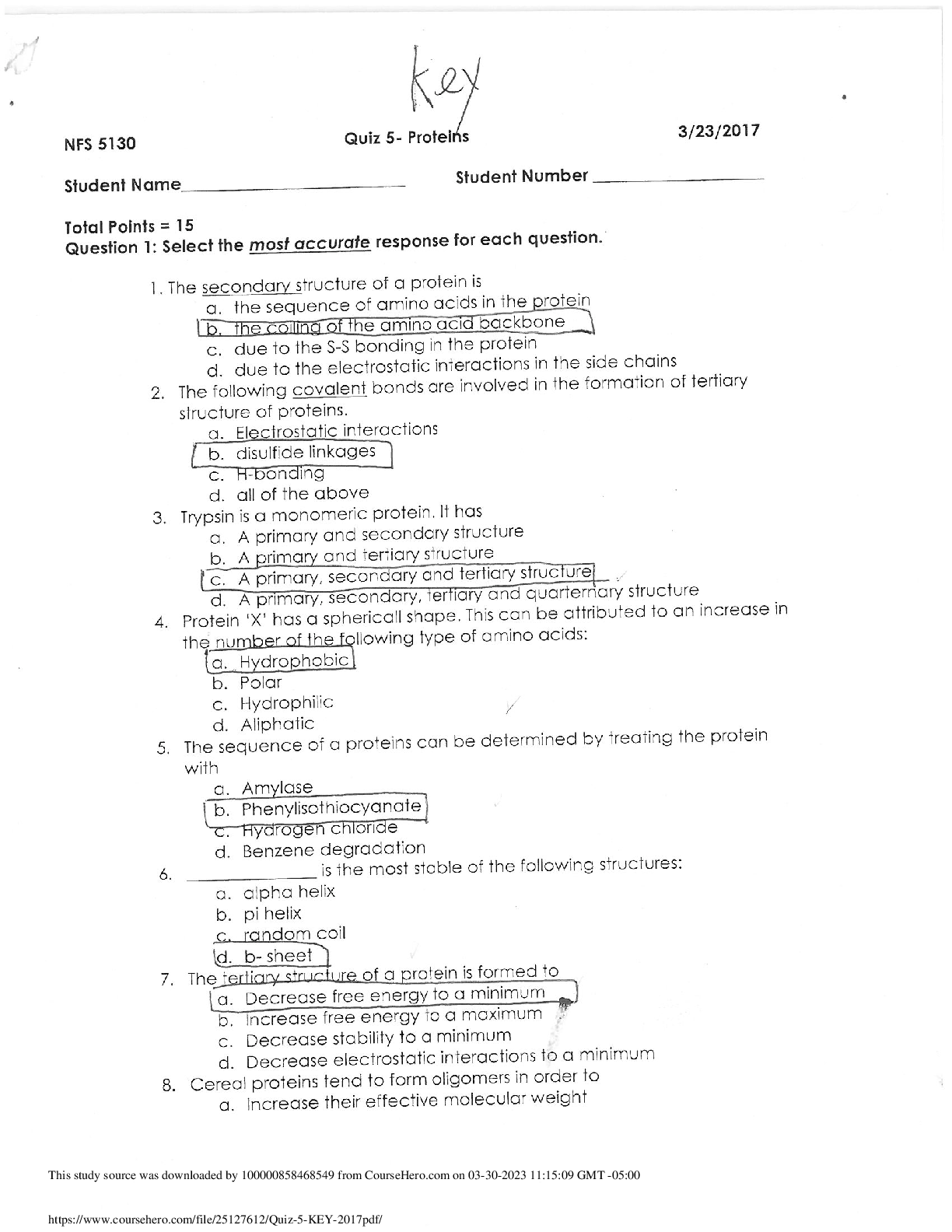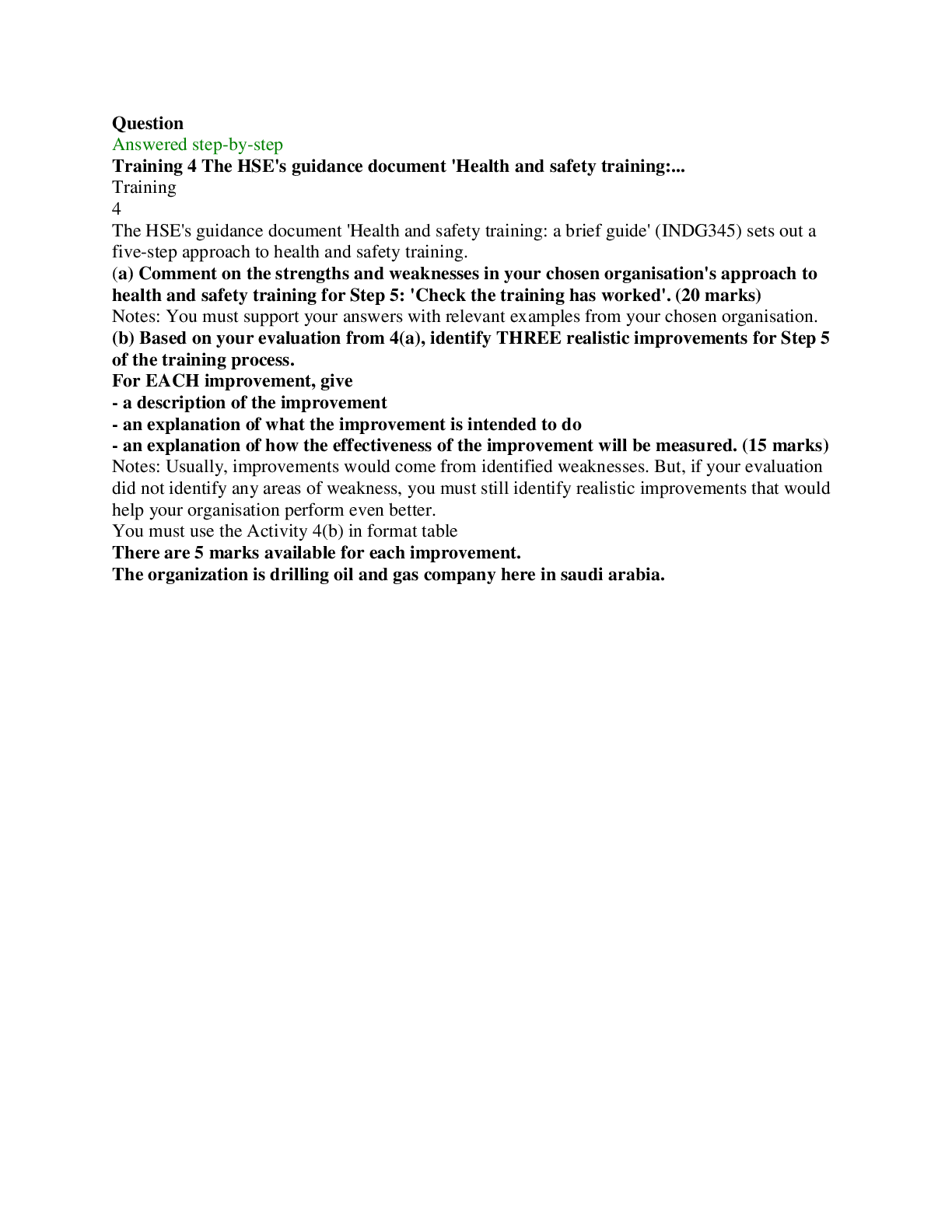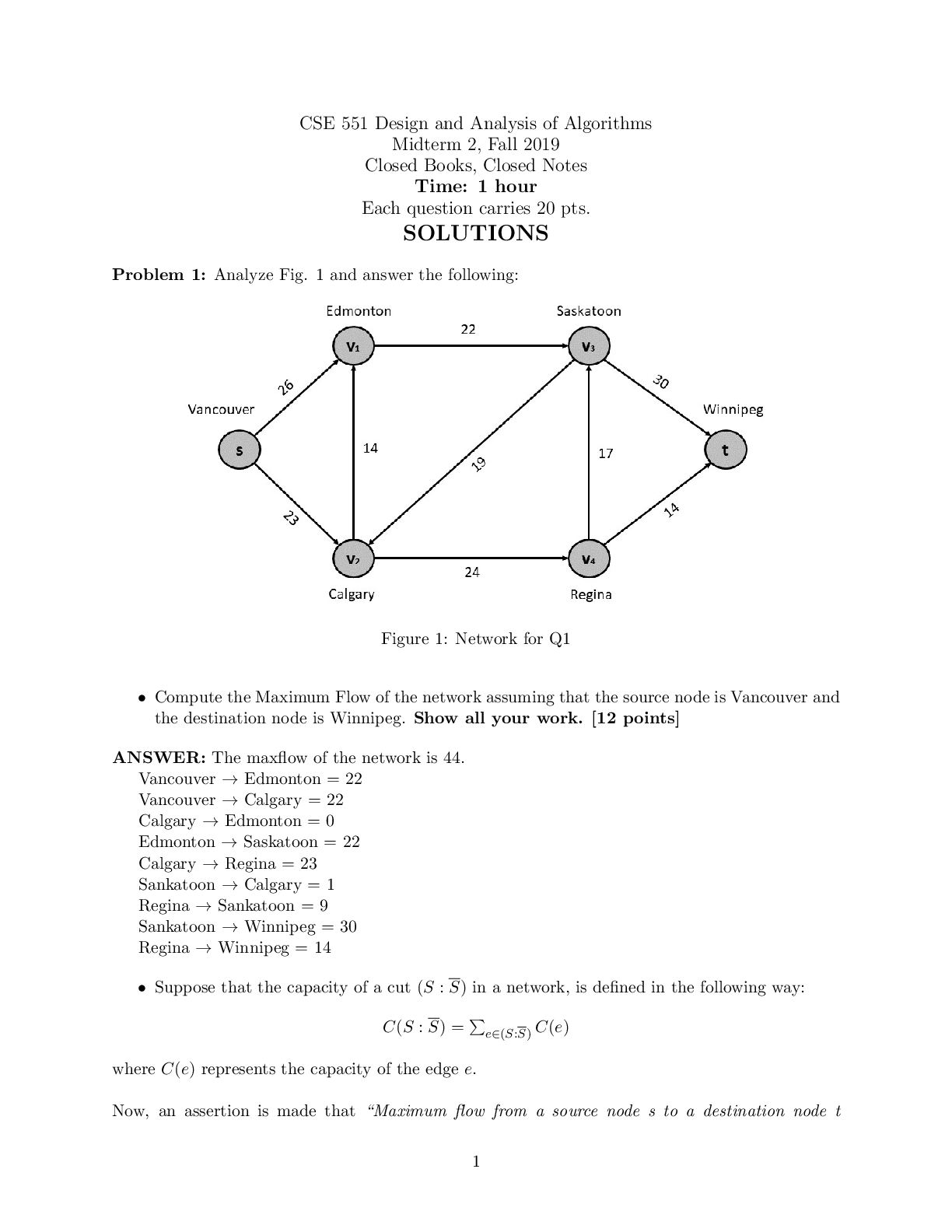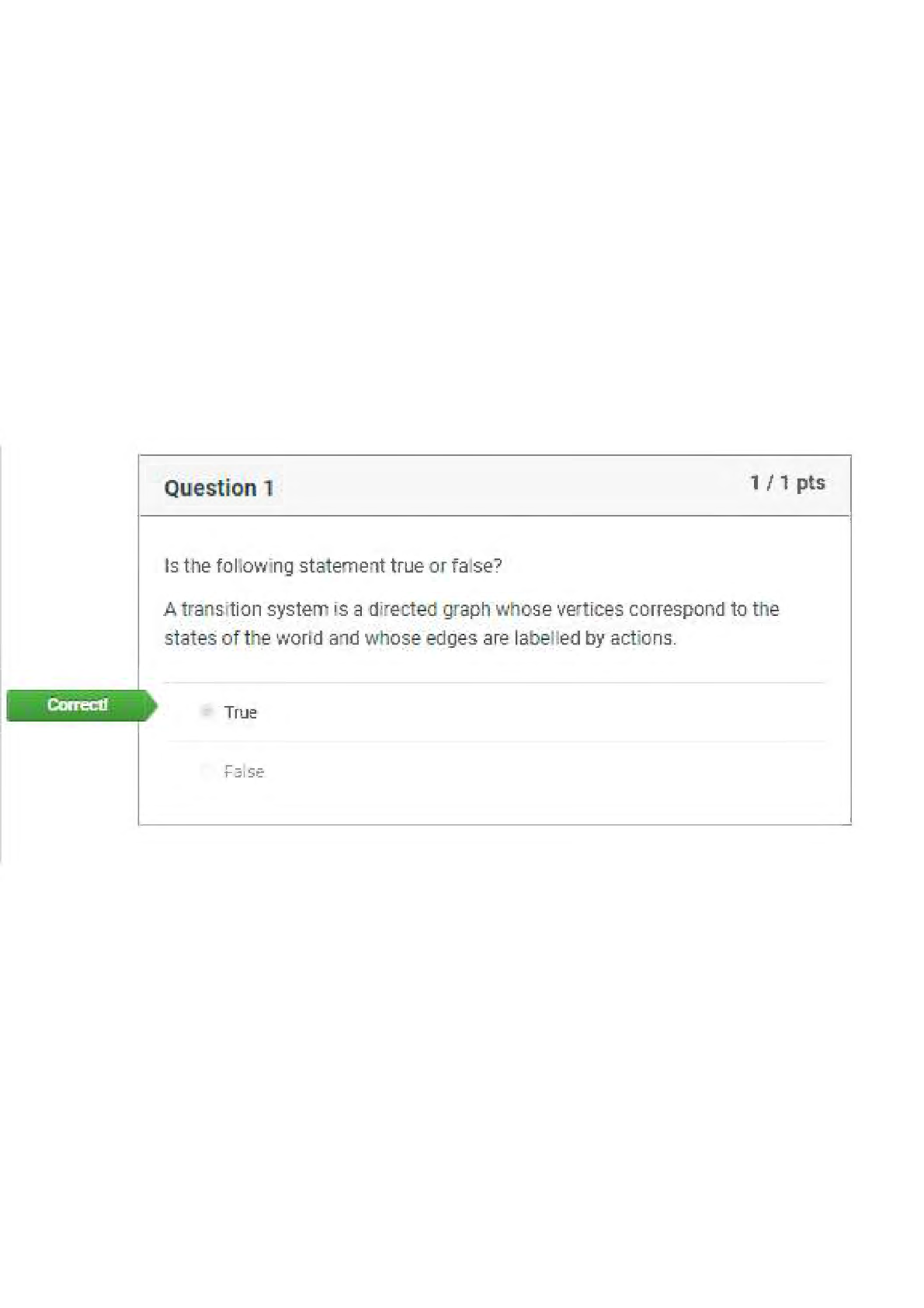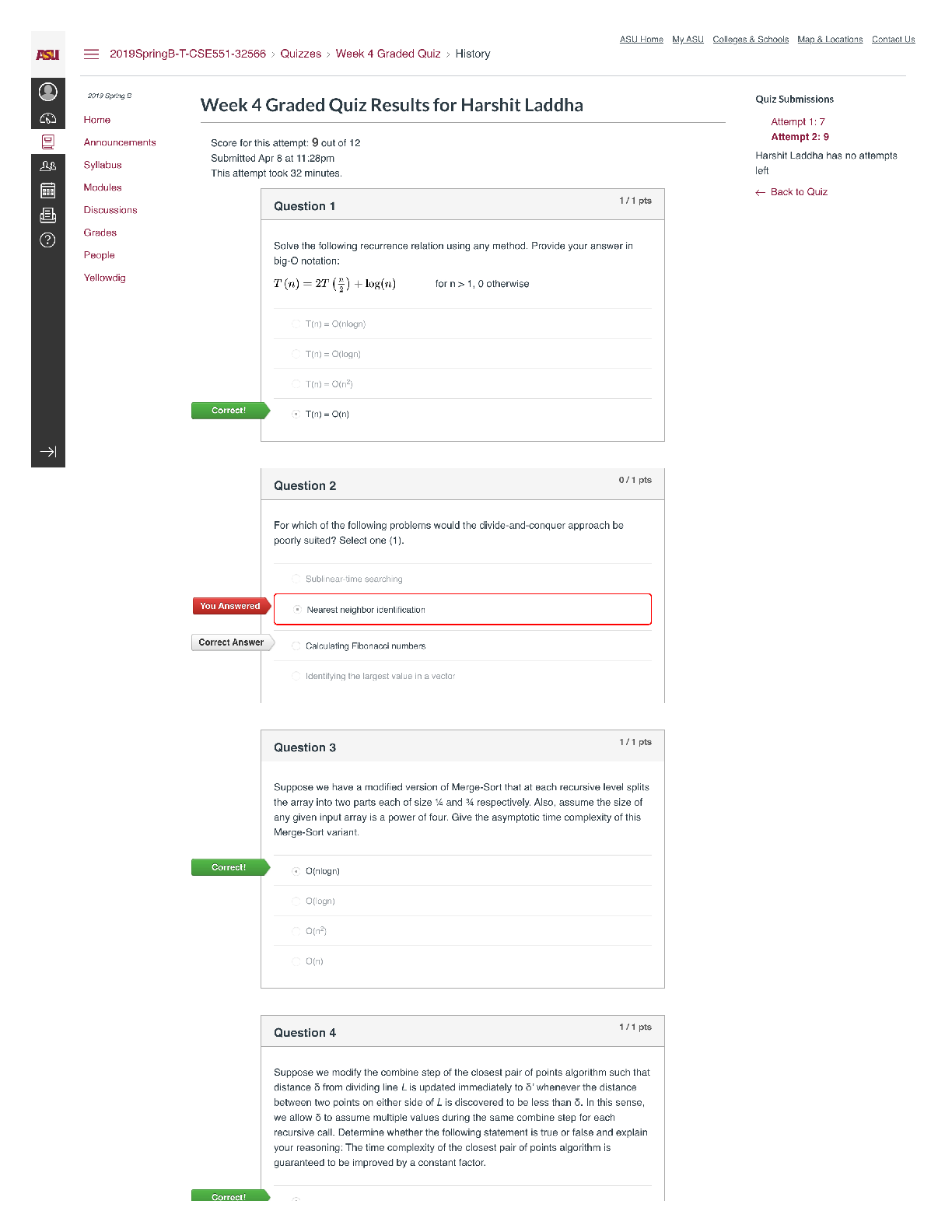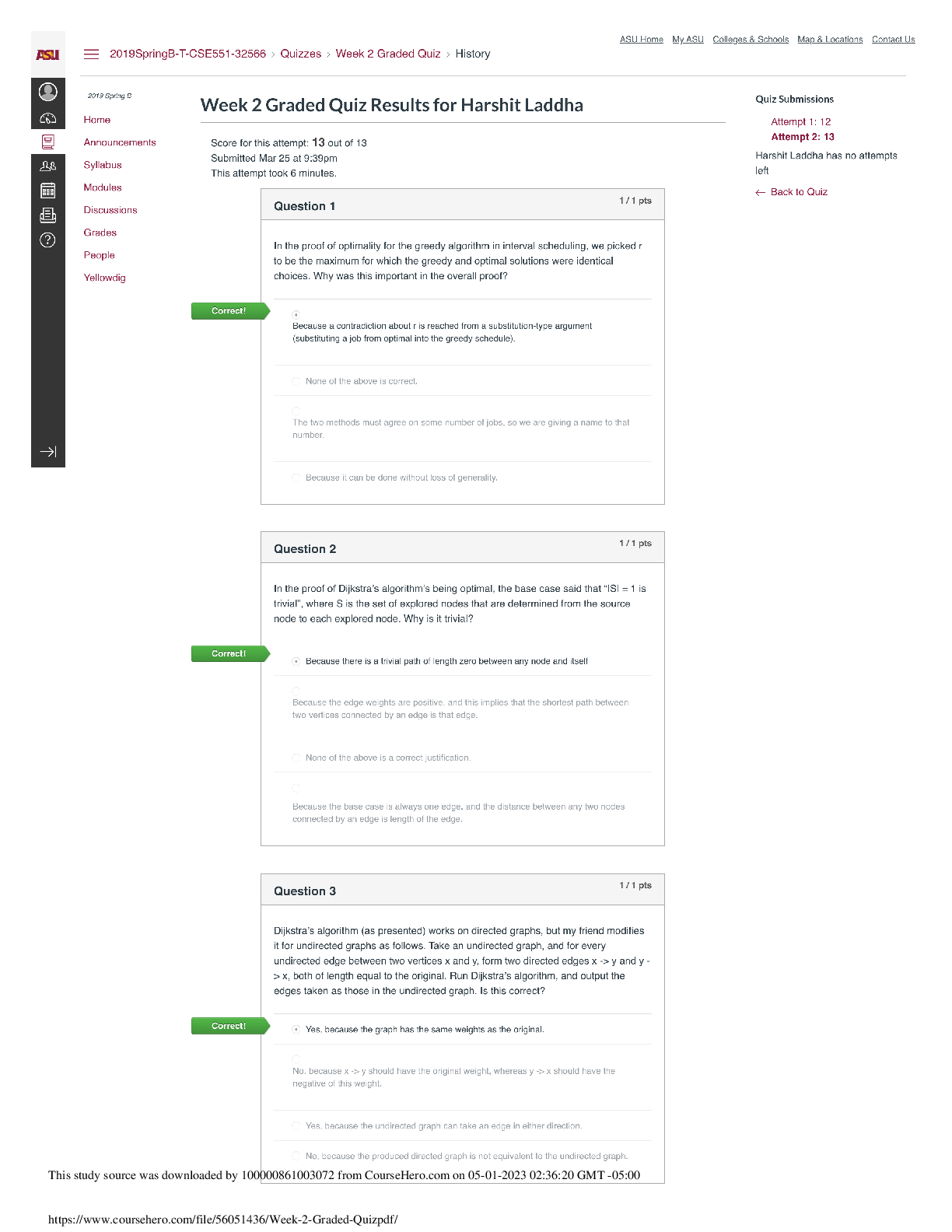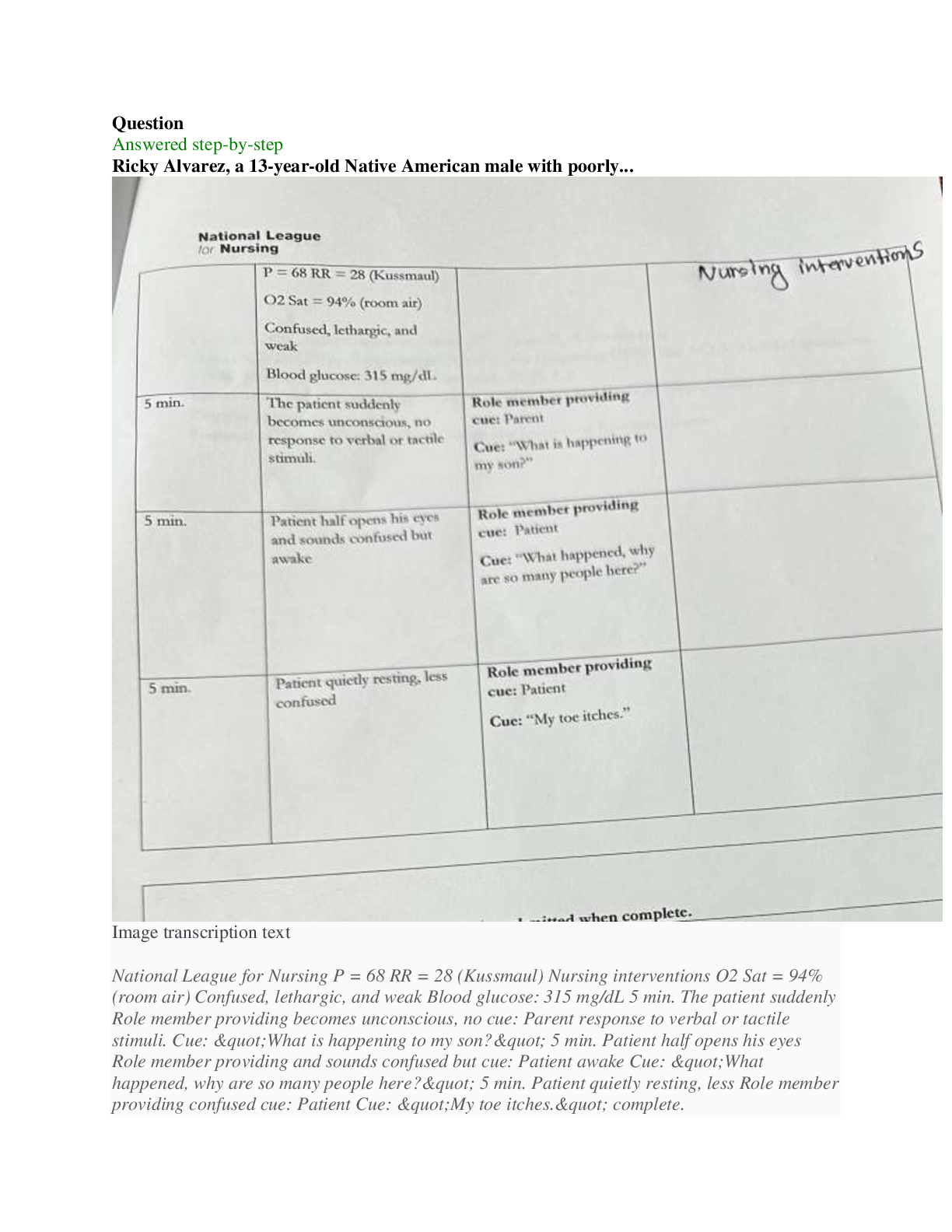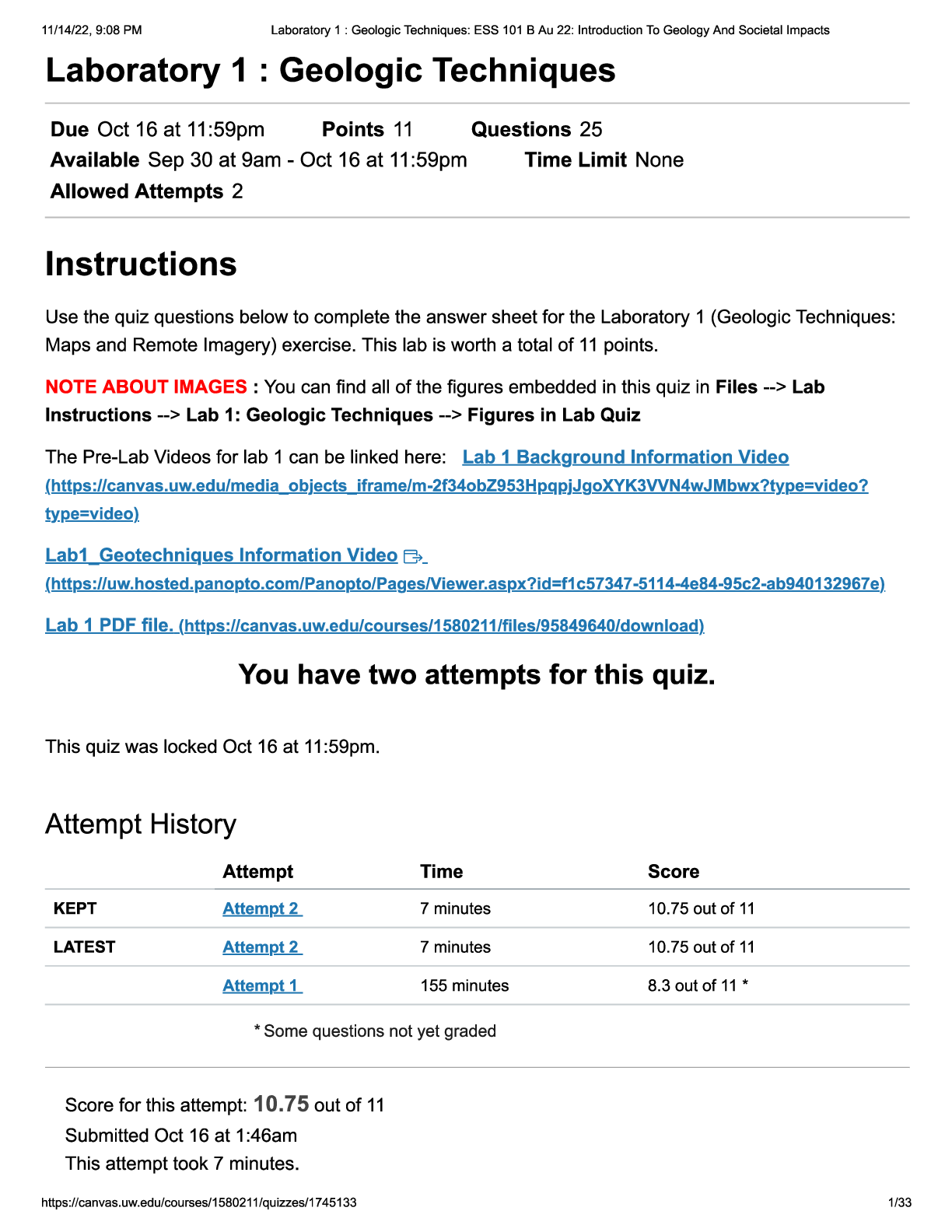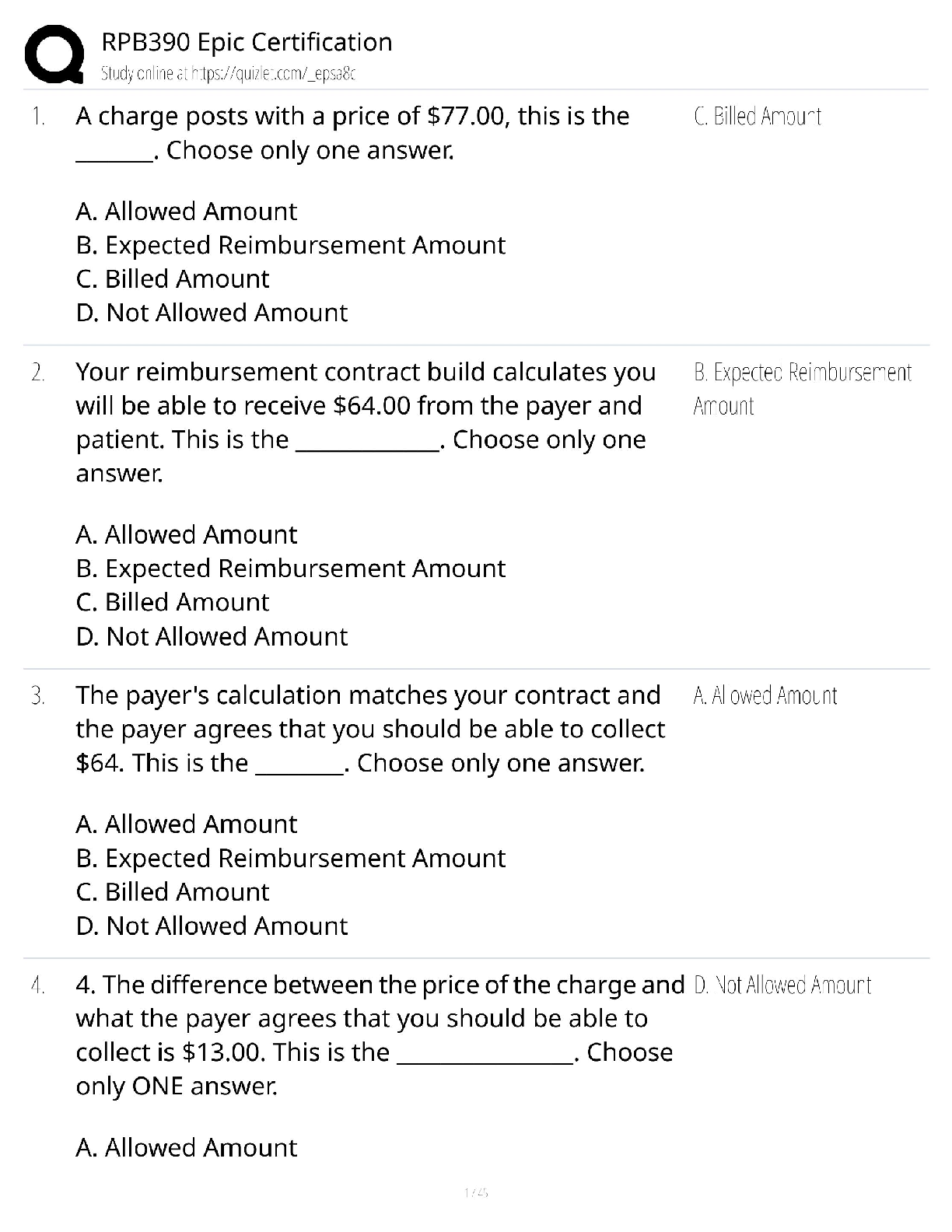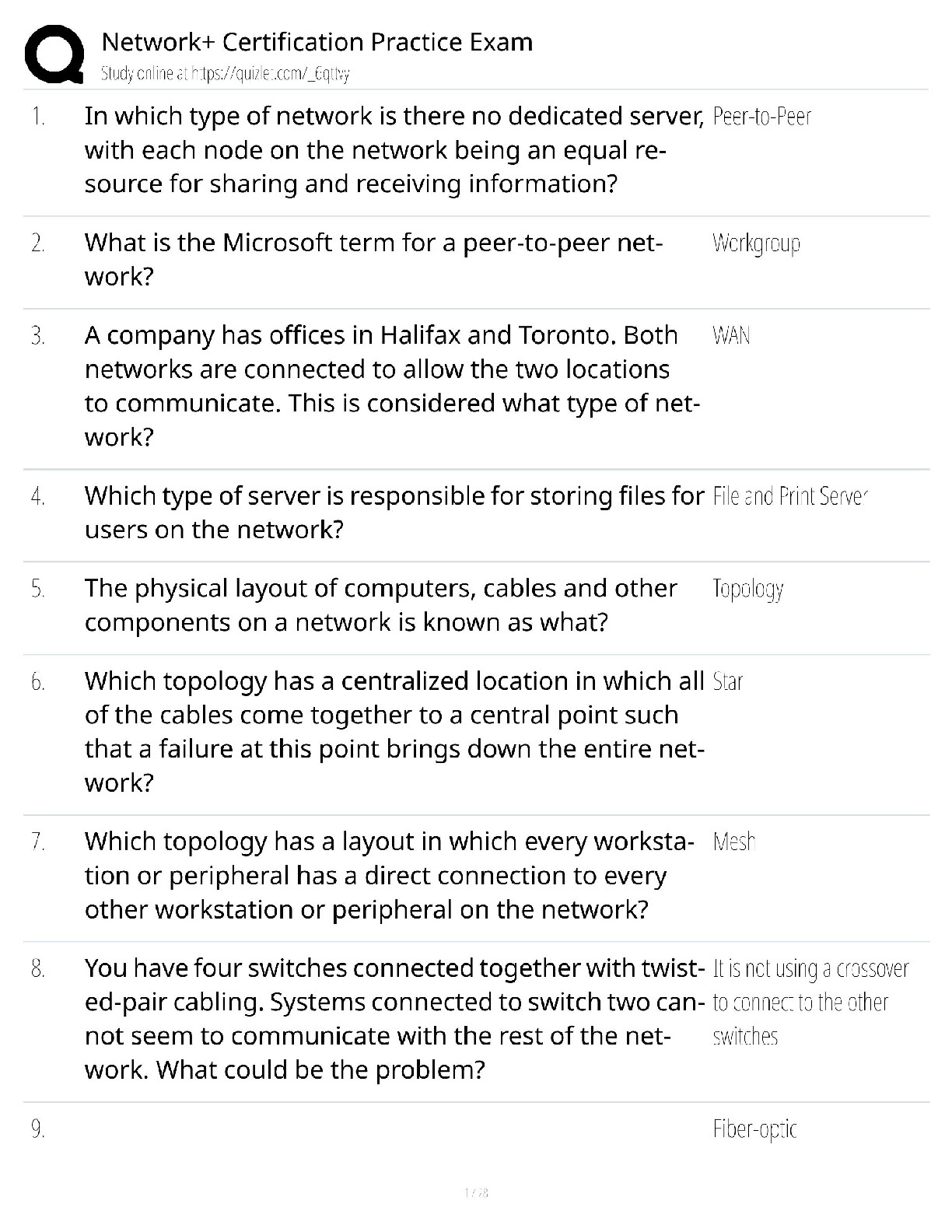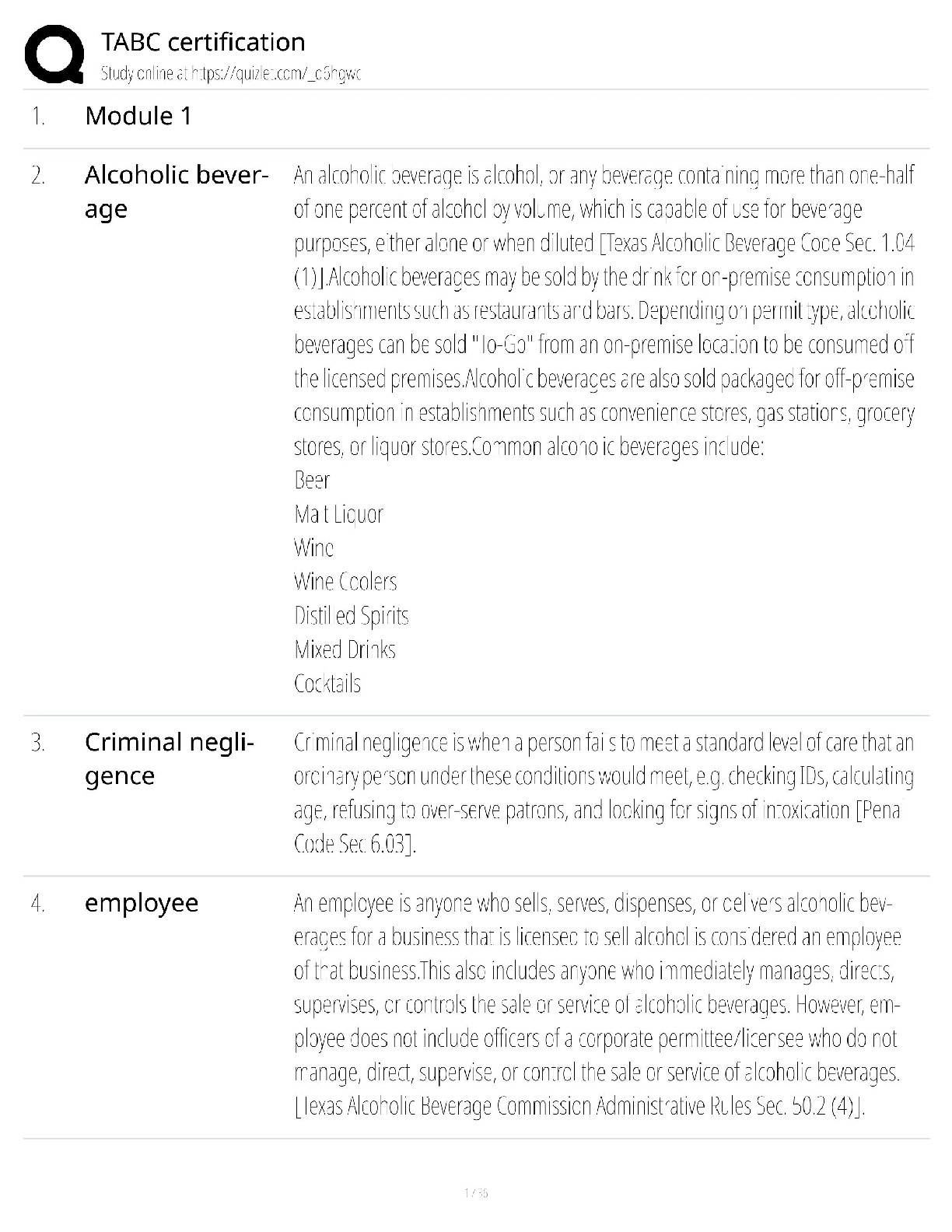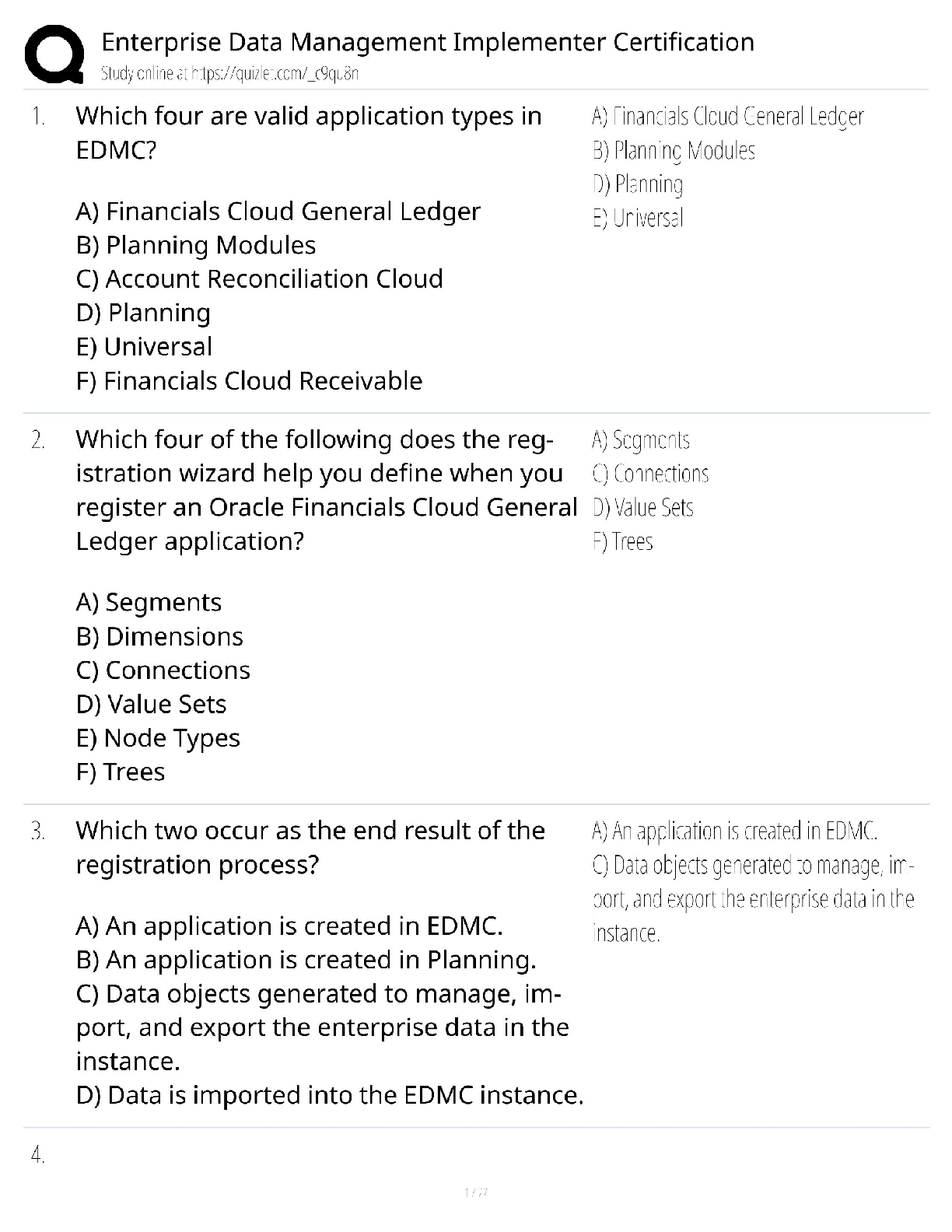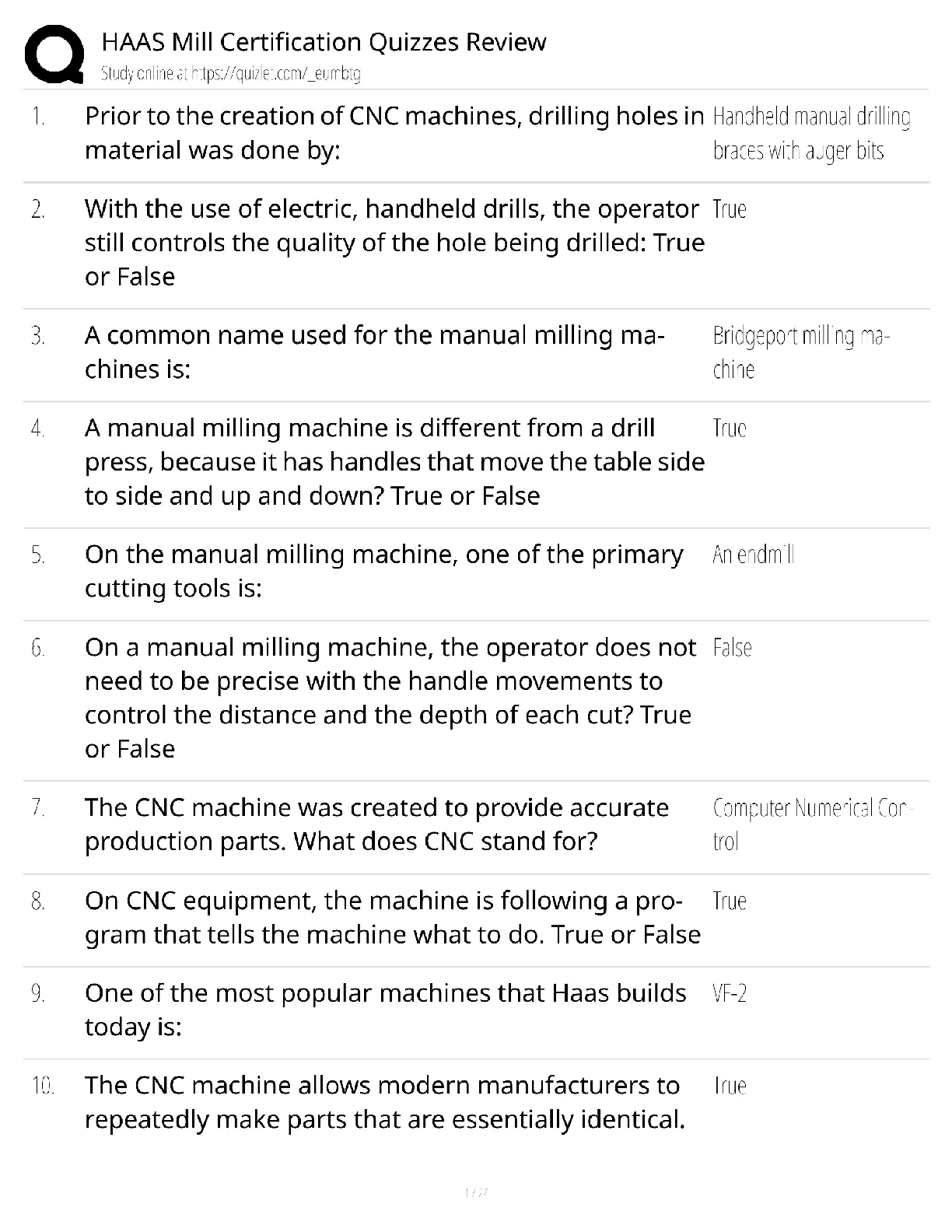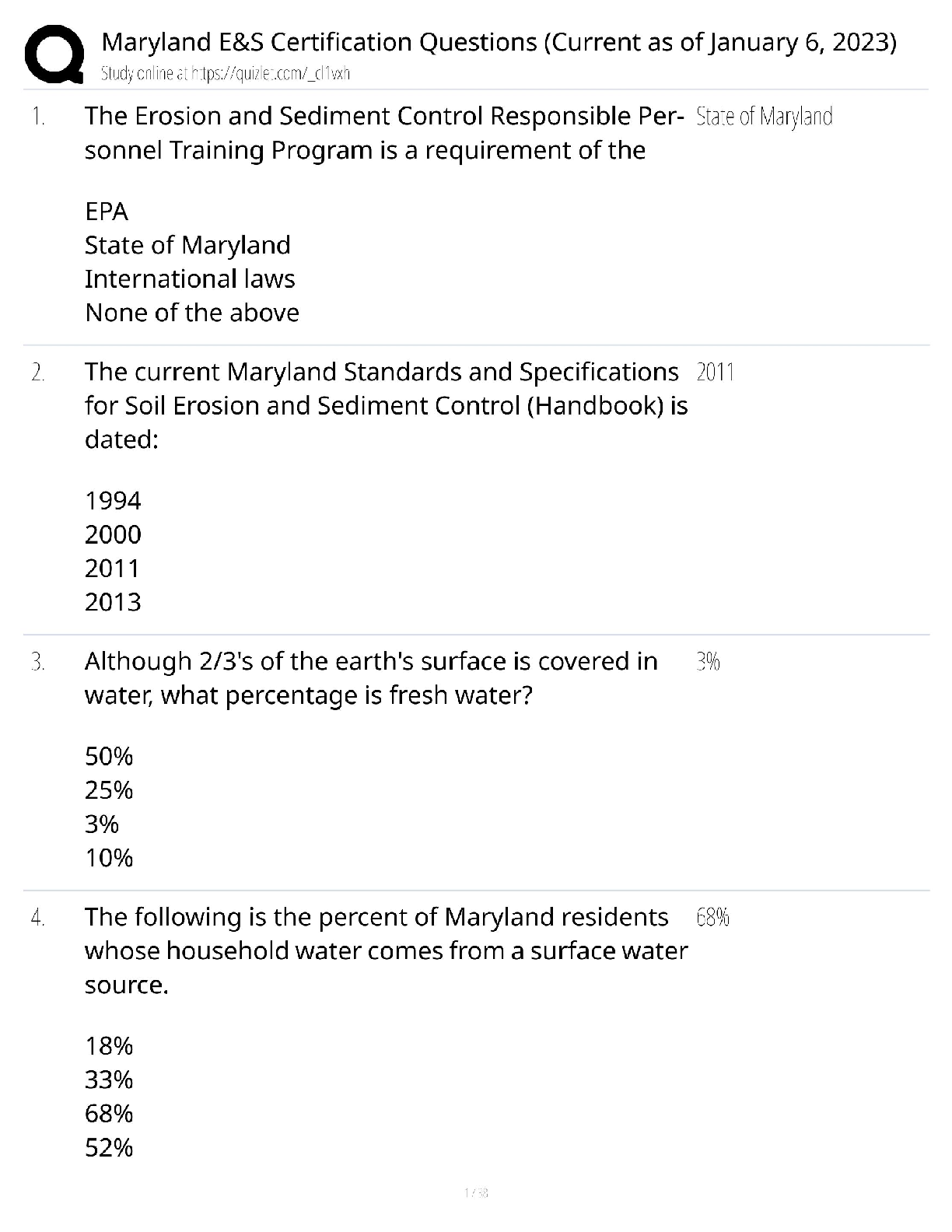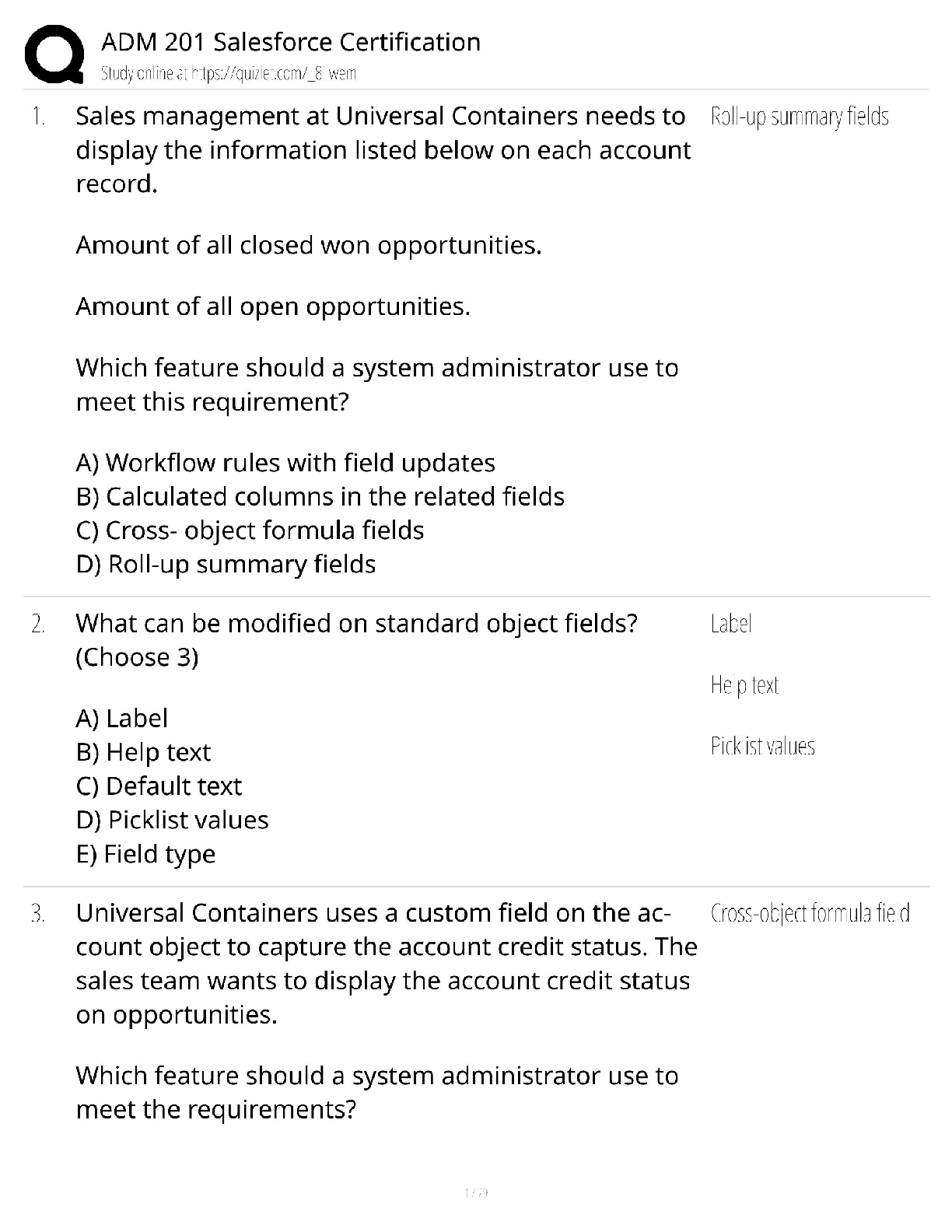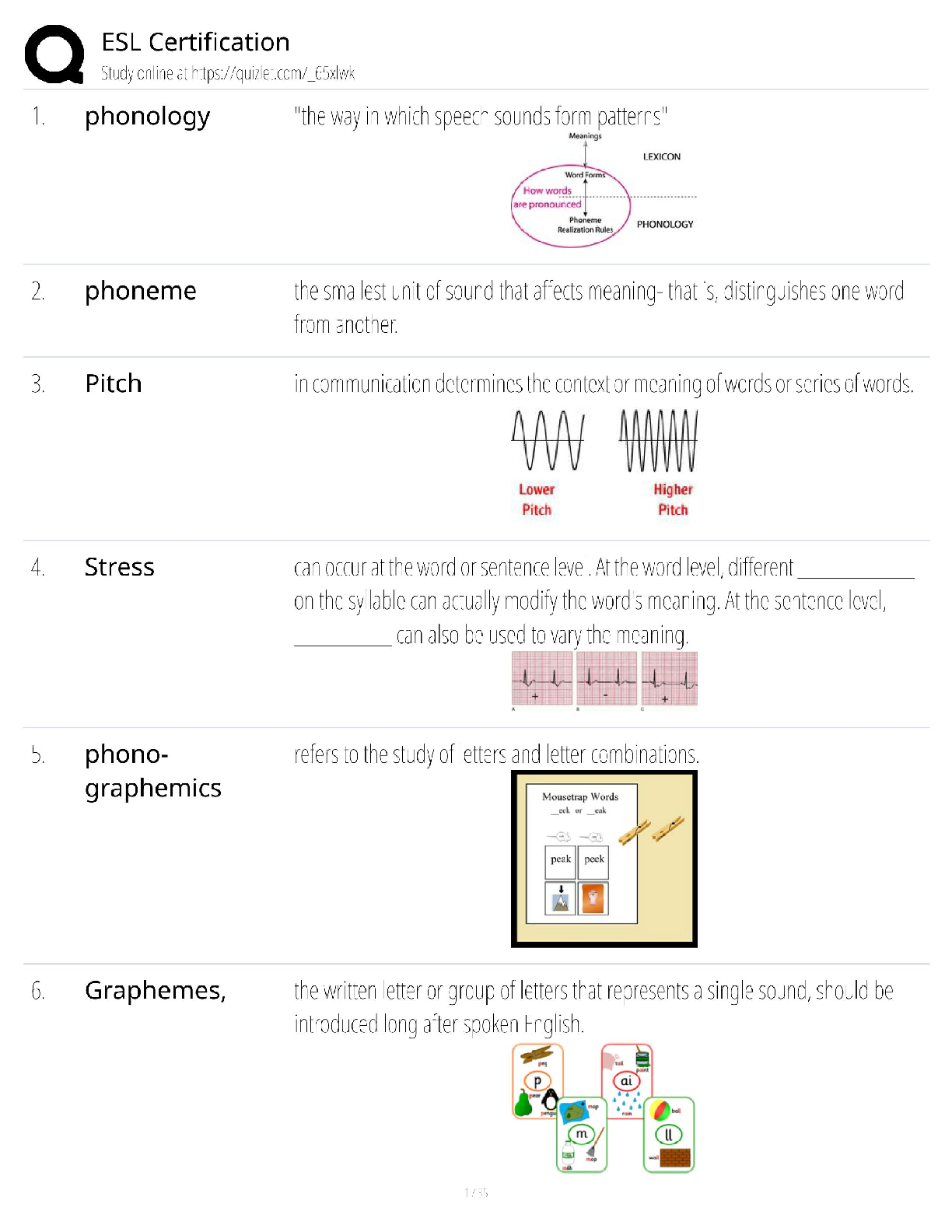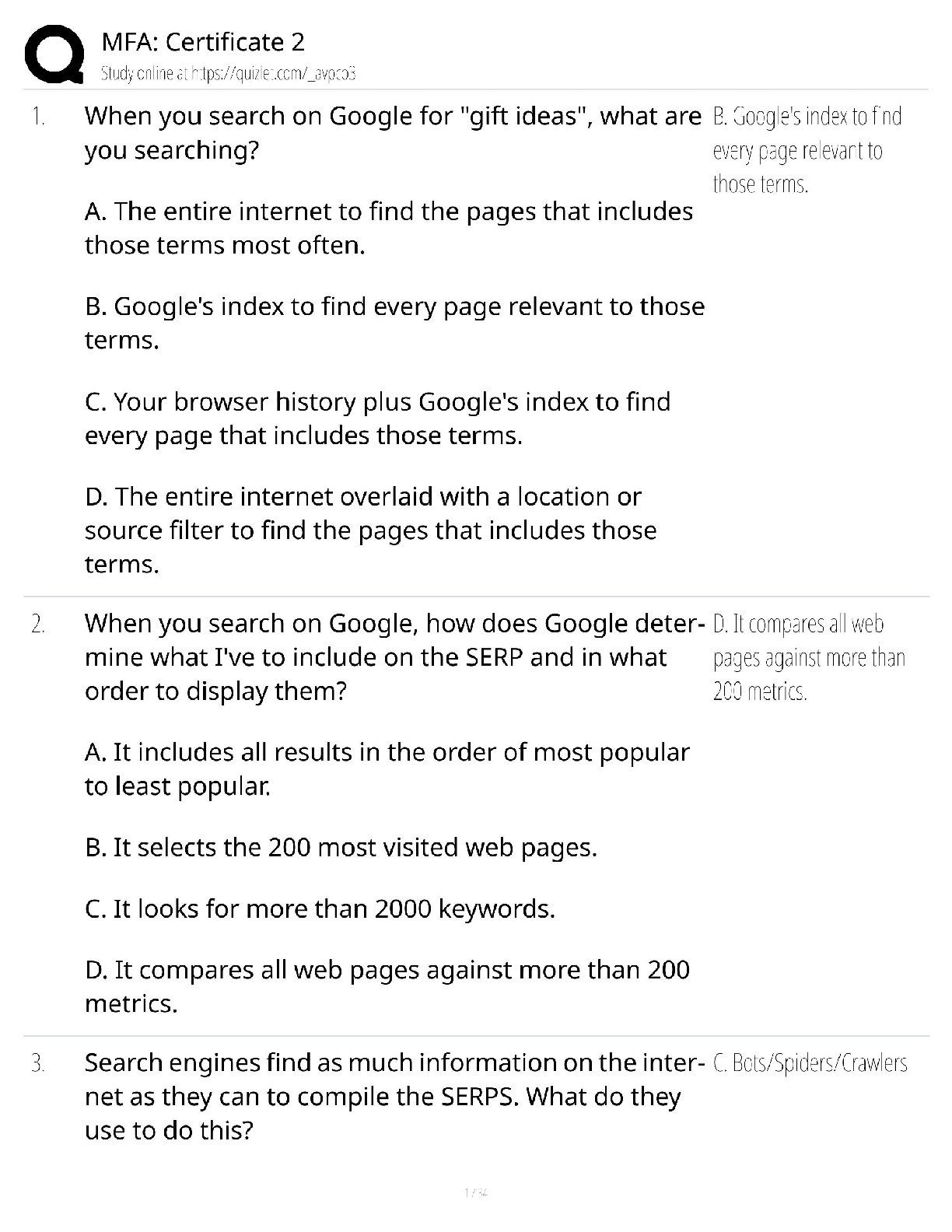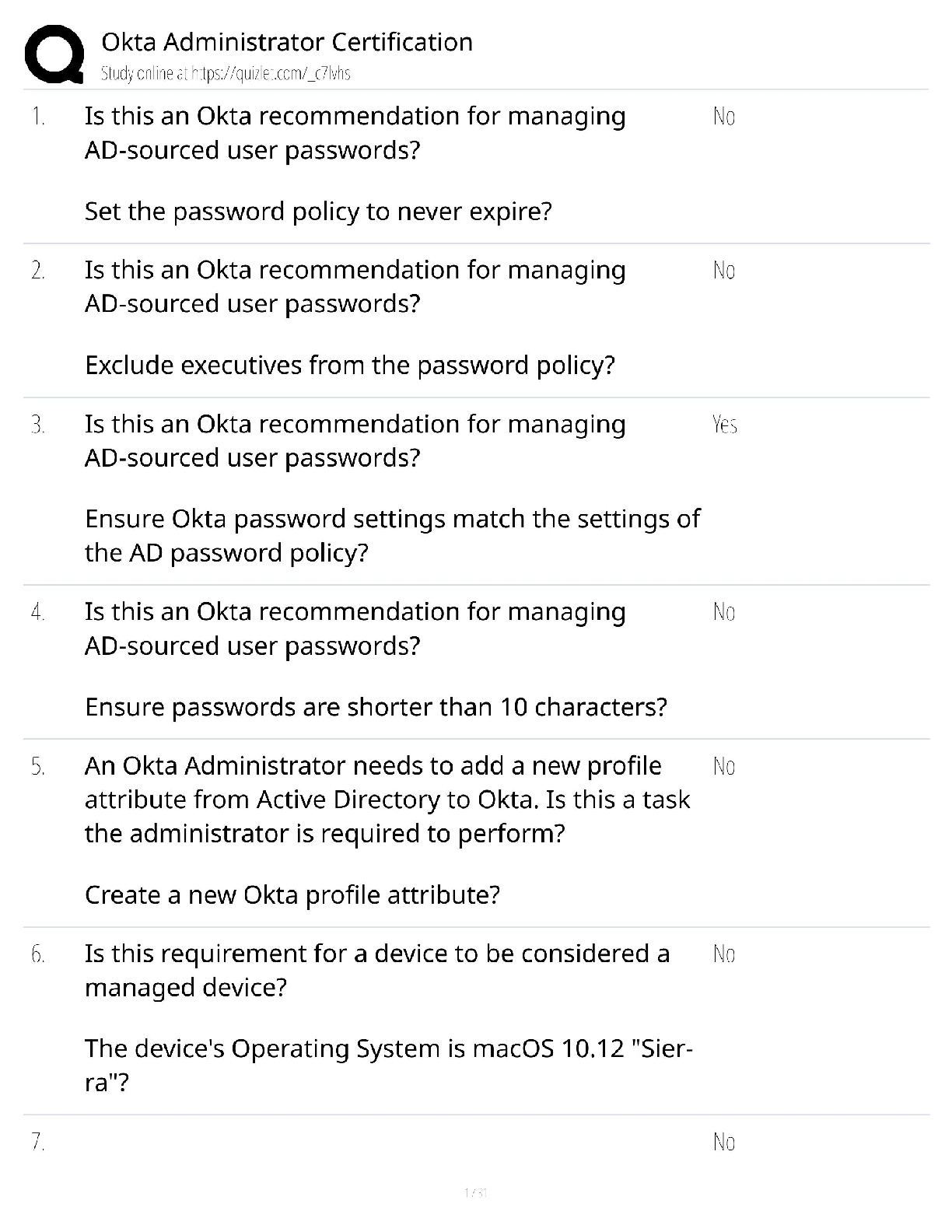Electrical Engineering > QUESTIONS & ANSWERS > EECS 281 Data Structures and Algorithms - University of Michigan –Final Cheat Sheet (All)
EECS 281 Data Structures and Algorithms - University of Michigan –Final Cheat Sheet
Document Content and Description Below
EECS 280 –Final Cheat Sheet Const Keyword (Read Inside-Out): Const pointer: const int *ptr = &x; Pointer-to-const: int * const ptr = &x; double perimeter const {}, where const means ... the function will not modify any member variables Arrays: arr[i] is equivalent to *(arr + i) Traversal by pointer: for (int *ptr = arr; ptr < arr + SIZE; ++ptr) { } Container ADTs: A container is an ADT whose purpose is to hold other objects. (ex. arrays, vectors) Representation Invariants - express the conditions for a valid compound object. Static keyword - data member with this modifier is shared between all instances of the class o Lives throughout the program, but within the class's scope. size_t (unsigned integer) - guaranteed to hold members large enough to represent the largest possible size of an object or a container Operator Overloading - overloading of operators to tell them what to do (help handle non-primitive types) o std::ostream & operator<<(std::ostream &os, const T &item) // Insertion Operator o value_t & operator[](std::size_t index) // Subscript Operator o T & operator=(const T &other) // Assignment Operator o bool operator< (const Iterator &lhs, const Iterator &rhs) // Less than Operator Templates: The compiler can see which kinds of the class you use and instantiates (produces) a version of the code for each different type T. template <typename T> using Set = UnsortedSet<T>; // Type Aliasing template <typename T> void fillFromArray(Set<T> &set, const T *arr, int n); // Template Parameter List Template instantiation is done during compilation proper, which is before the linking phase. Managing Dynamic Memory (Requires BIG THREE): When a class-type object is created, its constructor runs. (top-down behavior) o For a local object, when its declaration runs. o For a dynamic object, when it is created with new. When a class-type object dies, its destructor runs. (bottom-up behavior) o For a local object, when it goes out of scope. o For a dynamic object, when it is destroyed with delete. The lifetimes of the members of a class-type object are tied to the lifetime of the whole object itself. o After its body executes, the destructor of a class-type object automatically runs the destructors of its members that are of class type. Memory Leaks - You’re not using dynamic memory, but you never free up the space for it. Orphaned Memory - You lose the address of a heap object, meaning it will inevitably be leaked. Double Free - You try to free heap memory too many times. Bad Delete - Use delete with a pointer to a non-heap object. Dangling Pointers - You keep around the address of a dead heap object. Special syntax for deleting arrays: delete[] arr; // Deletes array, not the pointer. Other methods won’t work. Deep Copies and The Big Three (Destructor, Copy Constructor, Assignment Operator): Destructors – deallocate dynamically allocated memory // Implicit – basic clearing of local variables o If there are subtypes, ALWAYS make the destructor virtual. Copy Constructor – initializes a compound from another (makes a deep copy) // Implicit – shallow copy of other o Also used when an object is passed by value in parameter passing [Show More]
Last updated: 2 years ago
Preview 1 out of 3 pages
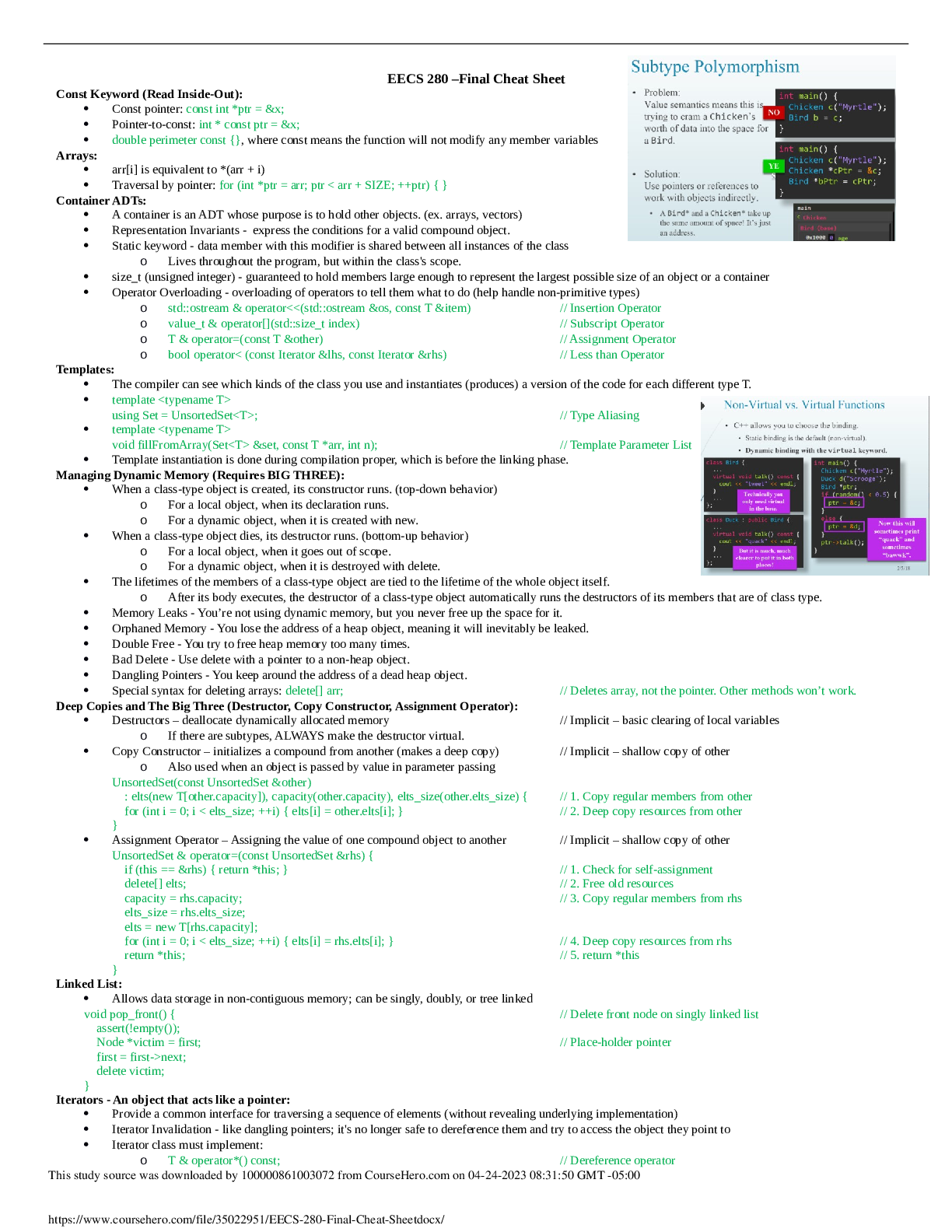
Buy this document to get the full access instantly
Instant Download Access after purchase
Buy NowInstant download
We Accept:

Reviews( 0 )
$9.50
Can't find what you want? Try our AI powered Search
Document information
Connected school, study & course
About the document
Uploaded On
Apr 28, 2023
Number of pages
3
Written in
All
Additional information
This document has been written for:
Uploaded
Apr 28, 2023
Downloads
0
Views
107

